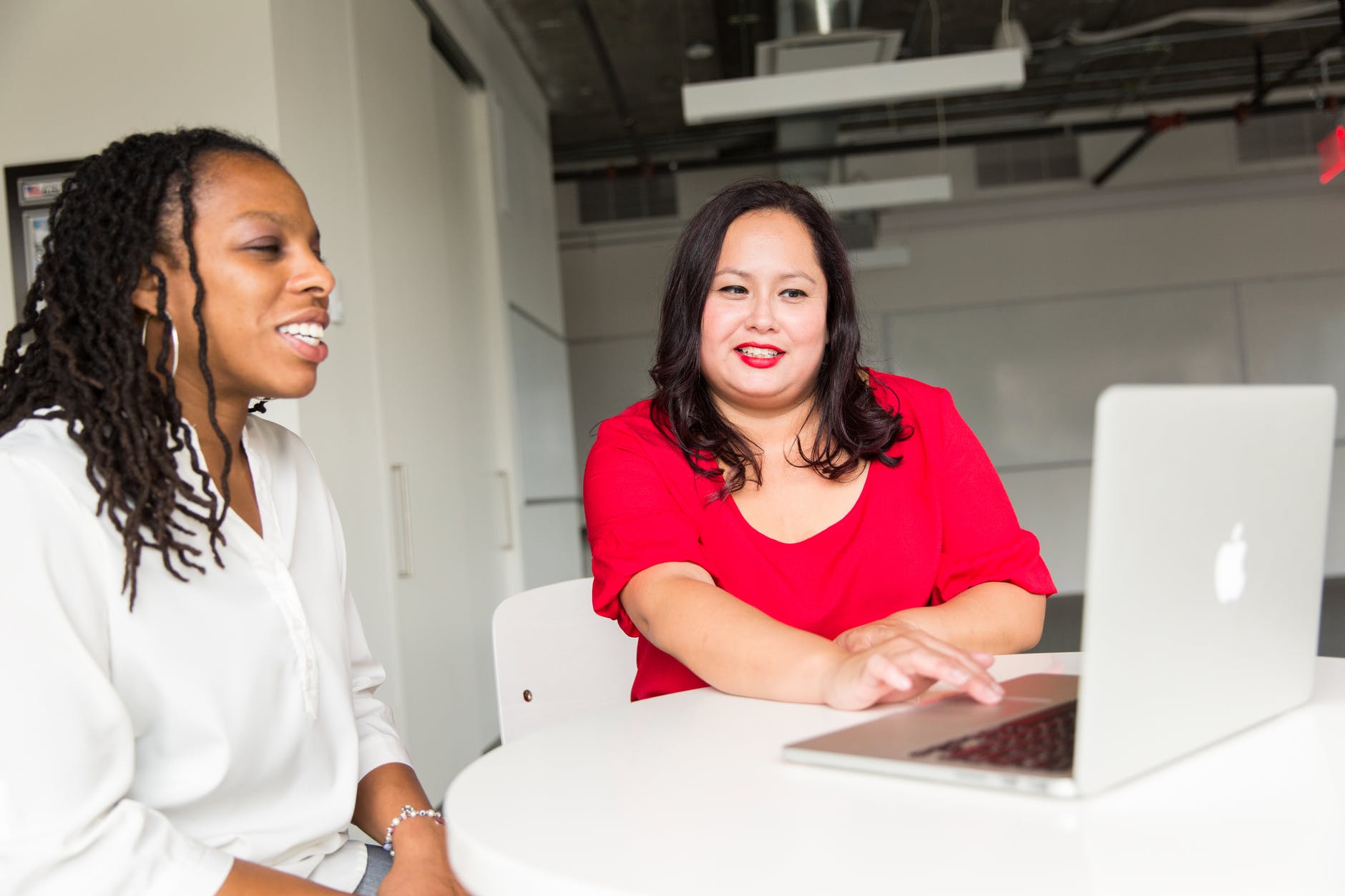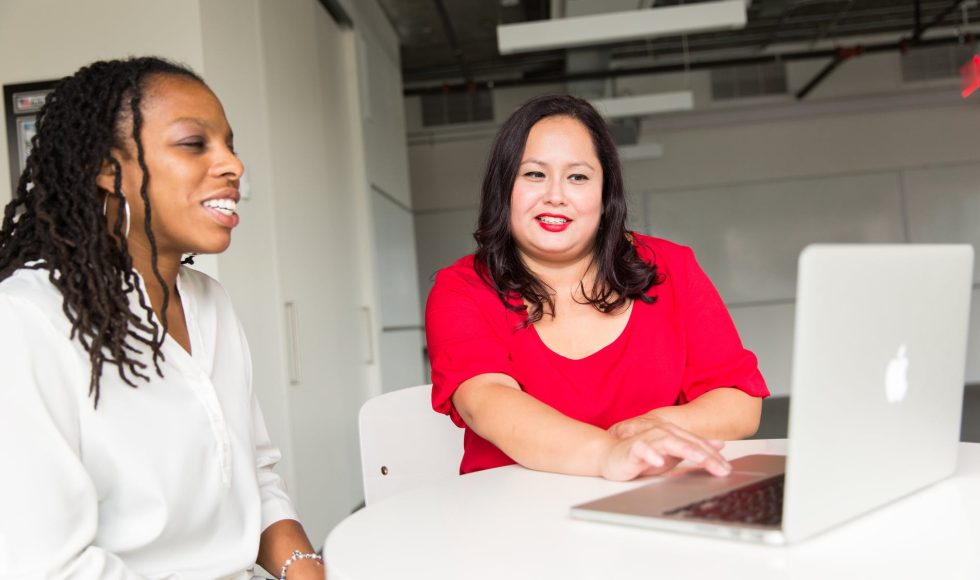After a long day with two playgrounds, two birthdays, and lots of outdoors and ice cream, we watched Lilly Conference online asynchronous session by Tiffany Cresswell-Yeager from Gwynedd Mercy University and Antonio Duran from Auburn University. Their session was entitled “Strategies for Developing a Faculty Mentoring Program,” and the presenters spoke about faculty development and access to mentoring. Cresswell-Yeager and Duran are both faculty in higher education administration. They asked the audience to reflect on what factors are important for faculty mentoring and differentiate mentors from sponsors. Duran stated that “a mentor is someone you engage with in a long-term relationship… someone who invests time, energy into helping you succeed.” Their slide had four aspects of faculty mentoring:
- Effectiveness – “a go-to” person for questions and challenges
- Empowering – support that motivates
- Mutually beneficial – research has shown that both mentors and proteges have benefitted from participating in mentoring relationship.
- Skill building – scholarship, teaching, and service opportunities for skill building for both mentors and mentees.
Cresswell-Yeager and Duran described a faculty mentoring program they helped revitalize and further develop for their professional society. For the application component, they asked demographic information, scholarly interests, and what professional tracks/organizations/and interests they have. They created flyers and handouts using Canva; I was just using Canva this afternoon for an inforgraphic about our summer research program. The presenters promoted their faculty mentoring program and their rationale on social media. They mentioned using listservs and speaking to the reasons why someone would participate. This is important as we are trying to recruit RLOE participants and our fifth HITS cohort of Case Study Fellows. Duran explained that the application asked for specific examples of connections to help them evaluate possible faculty mentor and mentee pairings. Cresswell-Yeager emailed participants each month with goals for the year, plans for the summer, transition to online learning, and planning for the fall monthly prompts. Using prompts and facilitating discussions will be important for us to maintain progress and group work for our HITS community. Cresswell-Yeager also emphasized asking for feedback from the participants about how they used the prompts and how they worked with mentors/mentees. They also spoke about connecting participants with opportunities for professional development that were virtual. Duran highlighted how it is important to recognize participants for their achievements, and I have to do a better job with this aspect for our HITS Case Fellows, HITS publications, and progress. How do we acknowledge people for their service? Letters for their promotion packages or department chairs may be very useful for their career advancement. Cresswell-Yeager also mentioned that considering what outcomes determine success is critical and consider flexibility of the program. The presenters were conversational and motivating in their presentation, and I believe they used Canva to create a professional and easy-to-follow series of slides with numbered key points and minimal text and graphics. While I do not technically work in faculty development, this session provided several useful ideas that I want to explore!



